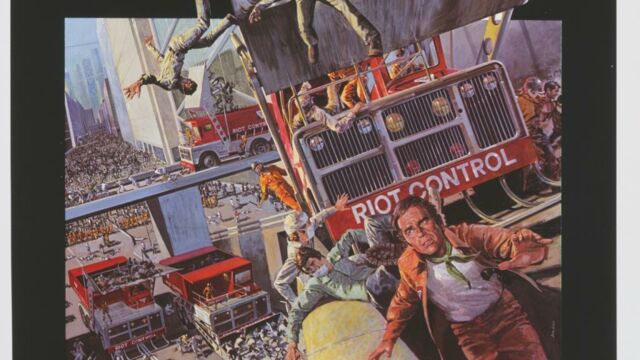Soylent Green, a cult science fiction film released in 1973, tells the story of an environmental dystopia in which the population has exhausted the Earth's resources and destroyed its environment. The action takes place in...2022.
Discover our latest podcast
We have just entered the period that all the science fiction books and films of the last century imagined, with varying degrees of success. Back to the Future 2 was set in 2015, for example, but unfortunately, we still didn't have a flying board or self-tying shoes. Blade Runner, too, was set in 2019. And while humanoid robots did not flourish as in Ridley Scott's work, the 1982 film did depict a society of hyper-consumption on its last legs. Nine years earlier, in 1973, Soylent Green was released, based on the novel of the same name, set in 2022. Let's see what that portends.
The Earth has become a hellhole because of global warming
The director of the film, Richard Fleischer, decided to set the action in 2022, while the book was set in 1999. And the society that is portrayed looks like a nightmare caused by global warming. Global warming has caused a permanent heatwave, the death of the oceans and the depletion of natural resources. In an overpopulated New York with its 40 million inhabitants (the city ‘only’ has 8.5 million today), these damaging effects of global warming have serious social consequences. Shortages, high poverty and increased inequality are the daily reality for the inhabitants.
Read more:
⋙ Climate change: A tiny marine predator that could help fight climate change has been discovered
⋙ Turning Red: Pixar's new film about puberty and periods
⋙ Is Your Pet Damaging The Environment? The Answer May Surprise You...
Ecological issues very present in this decade
The shortages exposed in the film involve both water and food, leading to the manufacture of artificial foods of dismal origin, about which no more will be said to keep it a surprise to those who would like to see this classic. If we don't live in this dystopia, the numerous IPCC reports published and then immediately ignored have been warning us long enough about the disastrous repercussions we will face in the coming years with global warming accelerating, even melting the underwater permafrost in the Arctic.
The social inequalities described in the film at the level of a city will certainly be confirmed at the level of entire countries, with some countries more affected than others by climate disruption, whose populations will suffer far more than those of developed countries.
This article was translated from Gentside FR.















